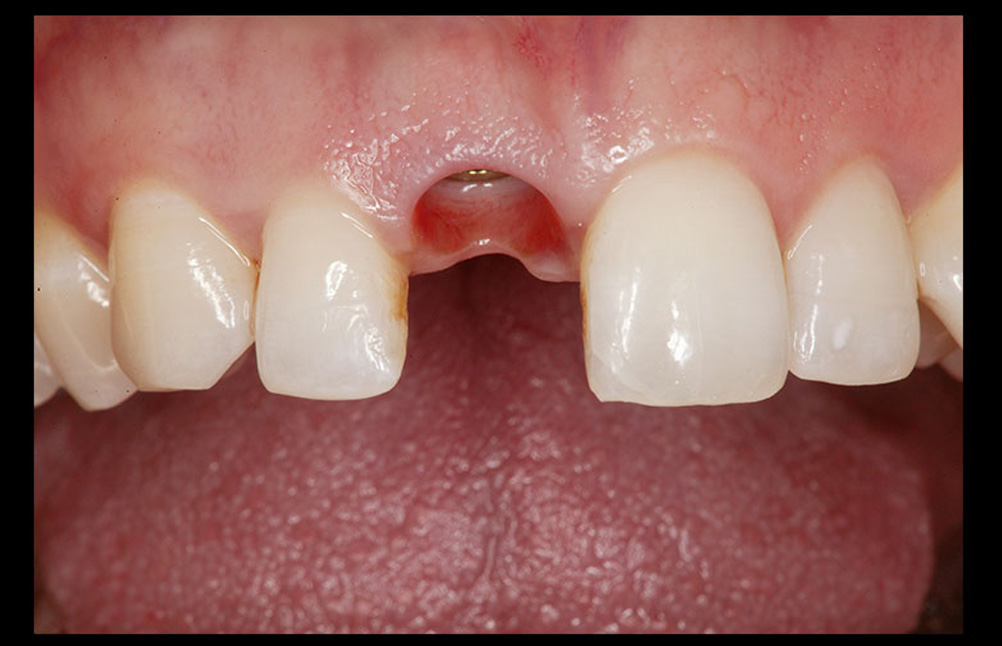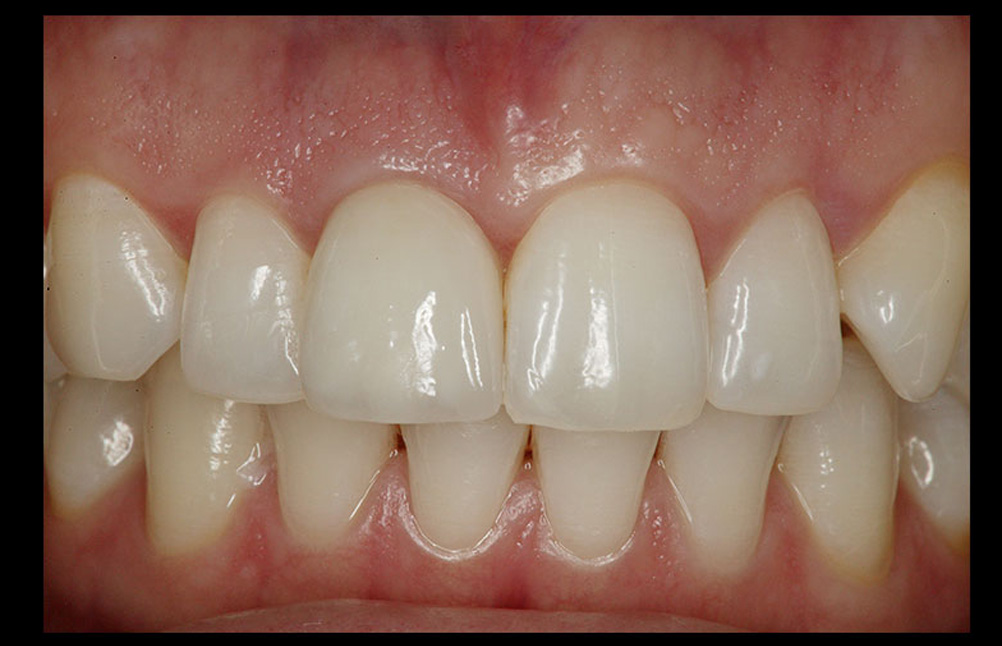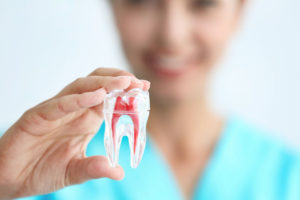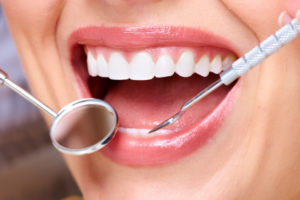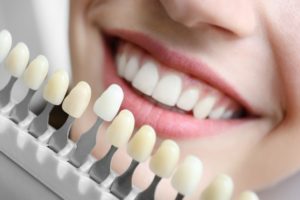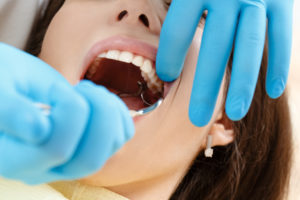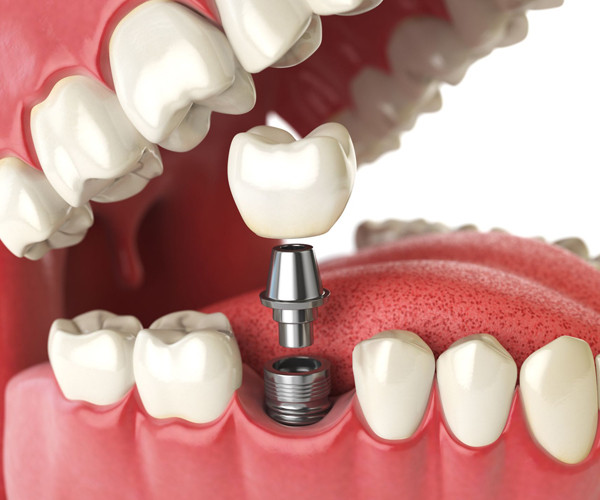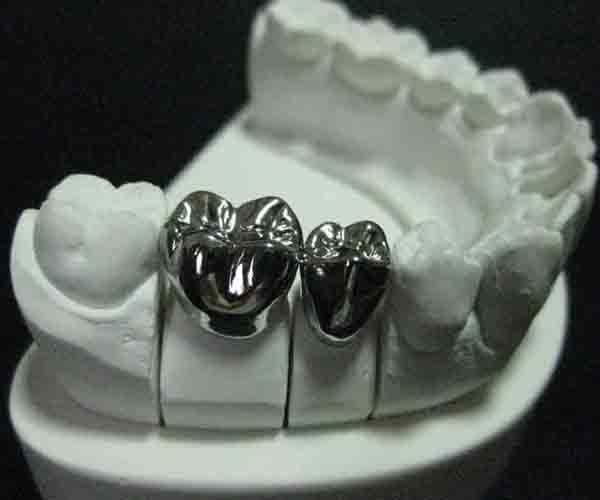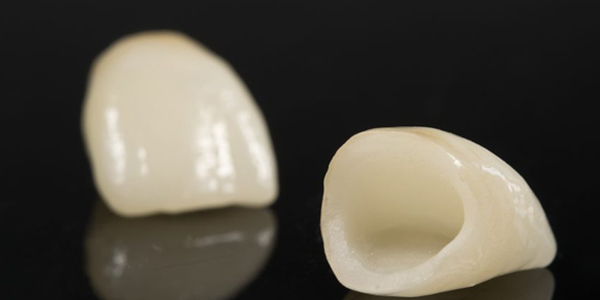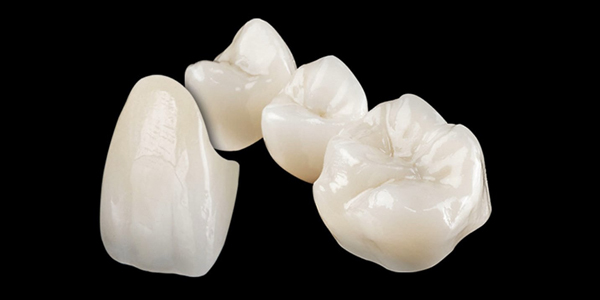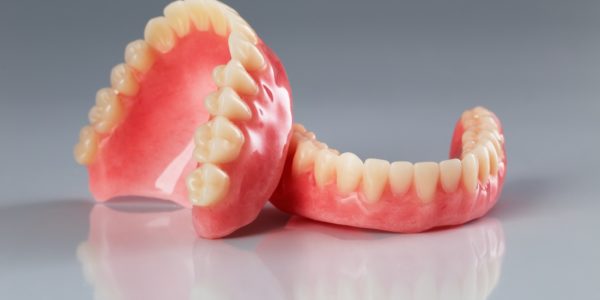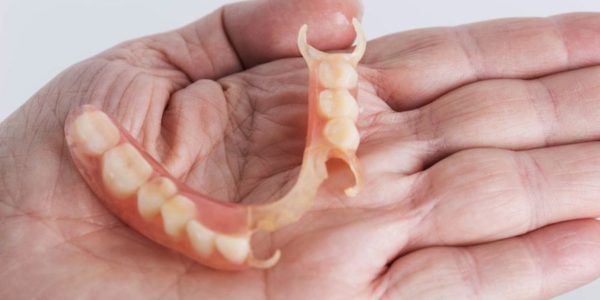TEETH REPLACEMENT
Teeth replacement is done to restore the function, integrity, and morphology of the missing tooth structure. Some patients, after tooth/teeth removal, do not realize the importance of teeth replacement. Failing to replace the missing tooth/teeth causes dental problems such as teeth drifting, teeth supra-eruption, difficulty in chewing, and also aesthetically unpleasant.
Types of Teeth Replacement
1.Fixed presthodontics:
Fixed prosthodontics is the area of prosthodontics focused on permanently attached (fixed) dental prostheses.Such dental restorations include crowns, bridges (fixed dentures), inlays, onlays, and veneers.
Types of Crowns and Bridges:
A variety of materials are used for the purpose of manufacturing a dental crown/bridges.
ALL-METAL CROWN
As their name implies, all-metal dental crowns are fabricated entirely out of metal.
Appearance:
While the classic all-metal crown is a silver/gold one, a number of other types of dental alloys can be used during the fabrication process.
ALL-CERAMIC CROWNS
This type of crown is made entirely out of some type of dental ceramic, such as porcelain.
Appearance.
Some types of all-ceramics are known for their outstanding ability to mimic the look of natural teeth. Other kinds are tooth-colored, but aren’t able to generate a truly lifelike appearance.
ZIRCONIA CROWNS
Zirconia crowns are the strongest dental crowns,than all-ceramic crowns or all-metal crowns, and are made thinner;
The main ADVANTAGES of zirconia crowns are:
-They provide great aesthetics
-They are strong and long-lasting (less possibilities of chipping or breaking).
2.Removable Prosthodontics:
Removable prosthodontics is concerned with prosthesis which replace the soft tissues and teeth and are more commonly referred to as dentures.
Types of Removable prosthodontics:
COMPLETE DENTURES
A Complete Denture is academically defined as a removable dental prosthesis that replaces all of the natural dentition and associated structures of the maxillae (upper) or mandible (lower).
PARTIAL DENTURES
While dentures replace all the natural teeth in an arch, partial dentures replace one or more – but less than all – of the natural teeth and associated structures of the arch.
DENTAL IMPLANTS
The most advanced method of teeth replacement,a Dental Implant is a titanium post (like a tooth root) that is surgically positioned into the jawbone beneath the gum line that allows your dentist to mount replacement teeth or bridge into that area. An implant doesn’t come loose like a denture can. Dental implants also benefit general oral health because they do not have to be anchored to other teeth, like bridges.
What happens if you fail to replace your teeth?
Before & After Treatment
